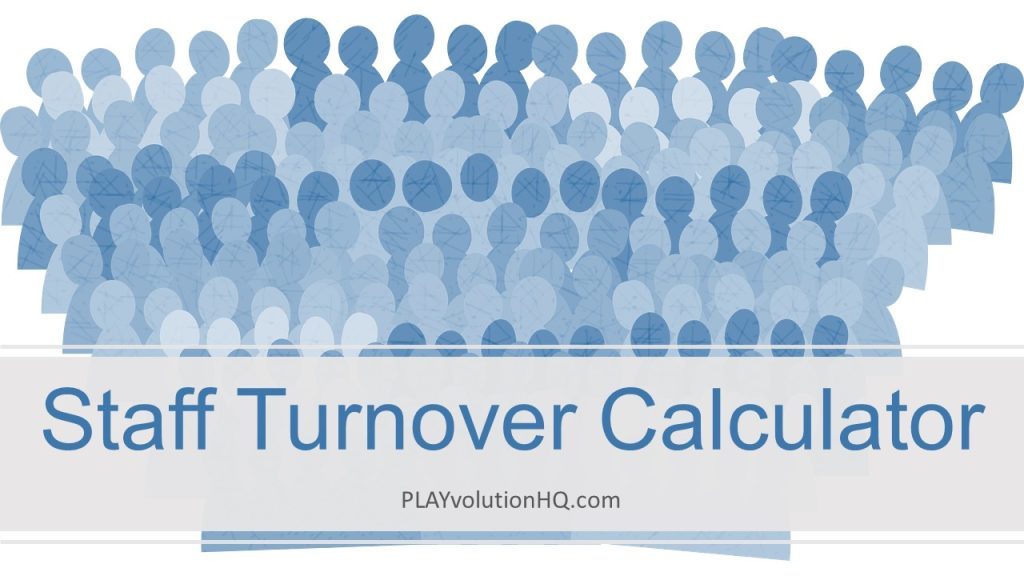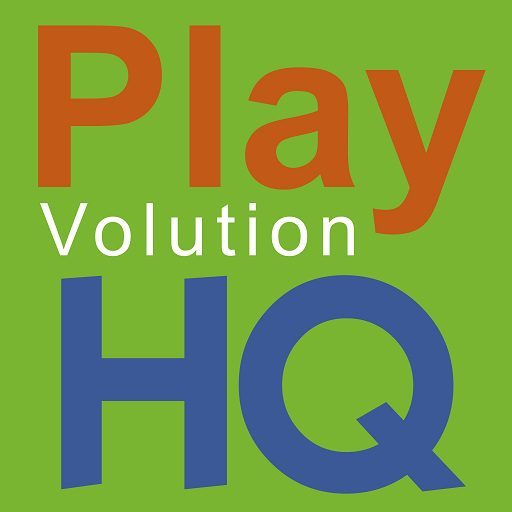
Overview
We’ve created a simple to use staff turnover calculator to help programs determine their turnover during specific time periods.
First, you’ll need to determine the time period for which you want to calculate turnover. Any time period will work, but Annually, Monthly, Quarterly, and Year-To-Date are popular periods for this calculation. To calculate turnover, you’ll need three pieces of information:
- Average number of staff employed at beginning of period.
- Average number of staff employed at end of period.
- Number of employees who left during the period.
Just plug that information into the calculator form and it will instantly let you know both your average number of employees for the period and the turnover rate for the period.
While knowing your program’s overall turnover is helpful, you may also want to determine the turnover rate for individual classrooms as well.
A couple examples:
- If, in the course of October, your program has 10 staff positions on the 1st, 10 staff positions on the 31st, and no one left during the month, the turnover rate would be 0.00%.
- If, in the course of a year, your program has 15 staff positions the 1st of January, 20 staff positions on December 31 (the program added a classroom), and 5 people left during the year, the turnover rate would be 28.57%
- If, in the course of a year, your toddler room had 4 staff positions at both the start and end of the year, and 8 people left throughout the year, the turnover rate would be 200.00%
How High Turnover Hurts Programs
Here are some of the ways high turnover can hurt an early learning program:
- Financial–High turnover leads to increased hiring costs. This includes administrator time to find, review, and interview potential new employees; the cost of background checks; and the cost of training the new employee. Overtime pay for existing employees when a program is short staffed can also cause financial strain.
- Morale–High turnover–especially when it’s an ongoing problem–can reduce the morale of remaining staff. This can lead to stress, burnout, absenteeism, and lower productivity.
- Quality–High turnover can impact a program’s quality. Consistency is important to children since it helps them settle in and build strong relationships. High turnover weakens the consistency a program offers children. It should also be noted that lowered staff morale also impacts children since they are so tuned in to the emotional state of their caregivers.
Post Author
Jeff Johnson is an early learning trainer, podcaster, and author who founded Explorations Early Learning, Playvolution HQ, and Play Haven.

Leave a Reply